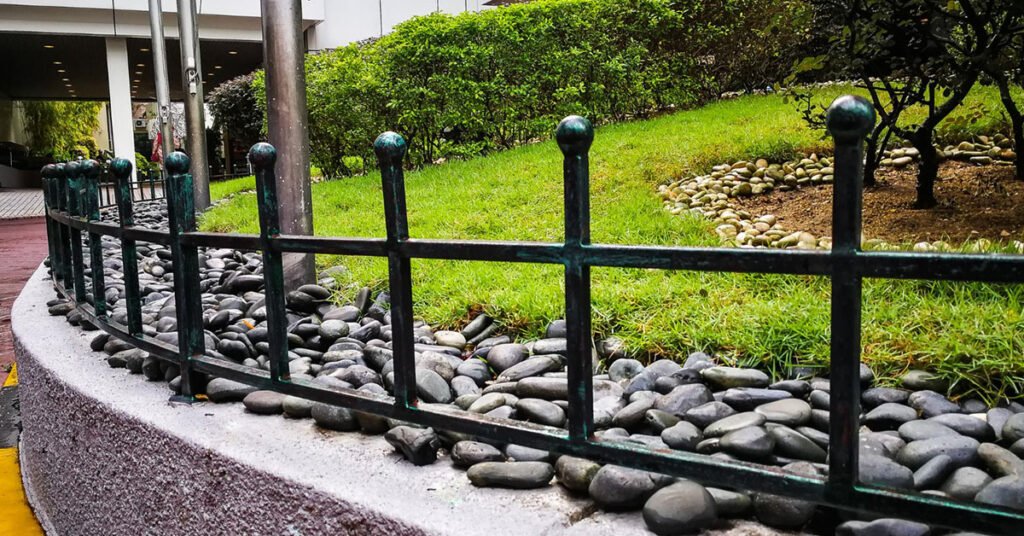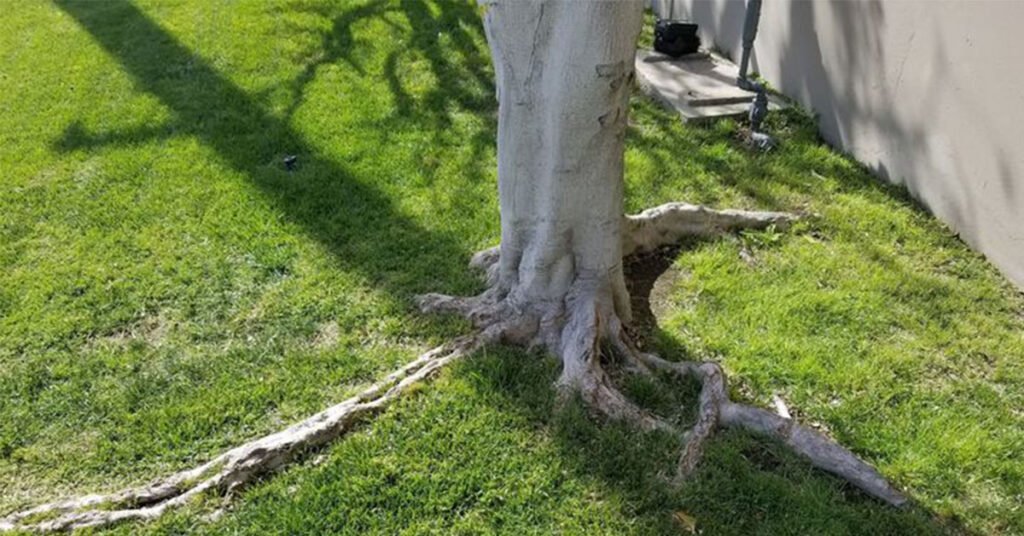Are you considering a career in landscaping or perhaps looking to enhance your skills in the field? One fundamental aspect of landscaping that every aspiring professional should grasp is the art of cutting metal landscape edging. Whether you’re shaping garden beds, creating clean lines for walkways, or delineating flower beds, mastering this skill is essential. In this comprehensive guide, we’ll walk you through the steps of how to cut metal landscape edging. Let’s get started.
What is Metal Landscape Edging
Before we delve into the cutting process, let’s familiarize ourselves with metal landscape edging. This durable material is widely used in landscaping for its longevity, versatility, and sleek appearance. Typically made from materials like steel or aluminum, metal landscape edging provides a crisp boundary between different elements in a landscape design.
Tools and Materials You’ll Need
Before you begin cutting metal landscape edging, gather the necessary tools and materials:
- Metal Landscape Edging: Choose the appropriate gauge and height for your project.
- Measuring Tape: Accurate measurements are crucial for precise cuts.
- Marker or Chalk: Use to mark cutting lines on the edging.
- Safety Gear: Wear gloves and safety goggles to protect yourself from sharp edges and debris.
- Cutting Tool: Options include tin snips, angle grinder with a metal-cutting blade, or a hacksaw.
How to Cut Metal Landscape Edging
Now, let’s walk through the process of cutting metal landscape edging:
Measure and Mark
Begin by measuring the length of the edging needed for your project using a measuring tape. Use a marker or chalk to clearly mark the cutting lines on the edging, ensuring they are straight and even.
Secure the Edging
Place the metal landscape edging on a stable surface, such as a workbench or sawhorse, to prevent it from moving during the cutting process. Ensure that the portion you intend to cut extends beyond the edge of the surface for safety.
Choose Your Cutting Tool
Select the appropriate cutting tool based on the thickness of the metal edging and your comfort level with the tool. Tin snips are suitable for thinner gauges, while an angle grinder or hacksaw may be necessary for thicker materials.
Make the Cut
With your cutting tool of choice, carefully follow the marked cutting lines to make the cut. Take your time and apply steady pressure to ensure a clean and precise cut. If using an angle grinder, move it in a smooth, continuous motion along the cutting line.
Smooth Edges (Optional)
Once the cut is complete, use a metal file or sandpaper to smooth any rough edges or burrs left behind by the cutting process. This step will not only enhance the appearance of the edging but also minimize the risk of injury during installation.
Inspect the Cut
After cutting the metal landscape edging, inspect the edges to ensure they are straight and free from any imperfections. Make any necessary adjustments or refinements to achieve the desired result.
Tips for Success
- Safety First: Always prioritize safety by wearing appropriate protective gear and exercising caution when handling cutting tools.
- Measure Twice, Cut Once: Double-check your measurements and cutting lines before making any cuts to avoid costly mistakes.
- Use the Right Tool: Select the cutting tool that is best suited for the thickness of the metal edging and your level of expertise.
- Take Your Time: Cutting metal landscape edging requires precision and patience, so don’t rush the process.
Read More: How to Charge for Landscaping
Conclusion
Mastering the art of cutting metal landscape edging is a valuable skill for anyone pursuing a career in landscaping. By following the steps outlined in this guide and adhering to best practices, you’ll be able to create clean, professional-looking edges that enhance the beauty and functionality of any landscape design. Remember to prioritize safety, take your time, and enjoy the process of honing your skills in this essential aspect of landscaping.



